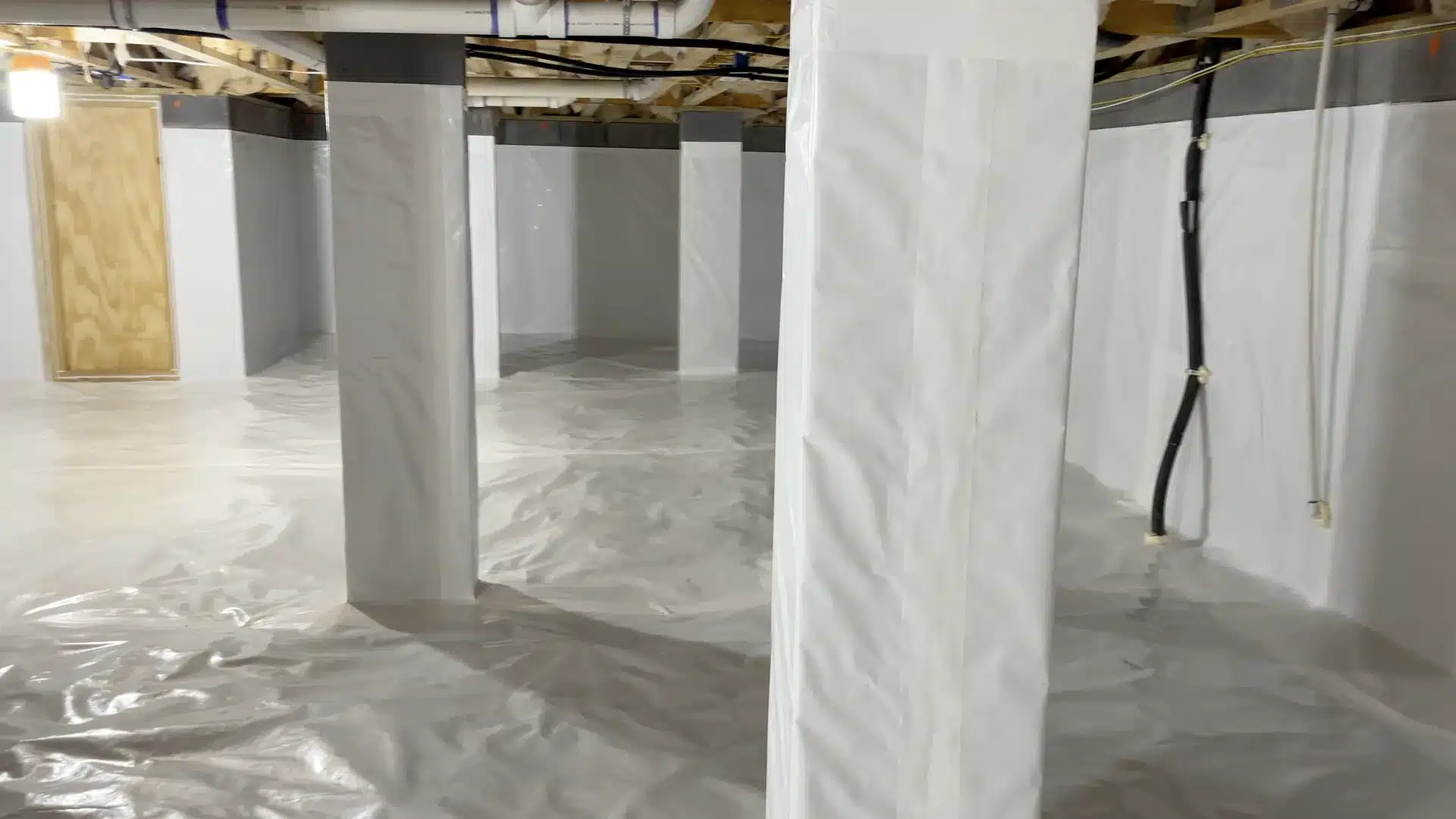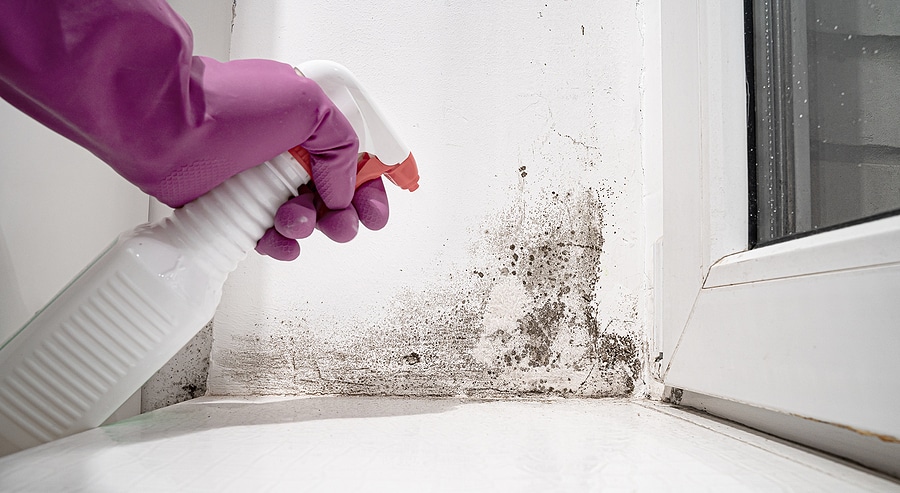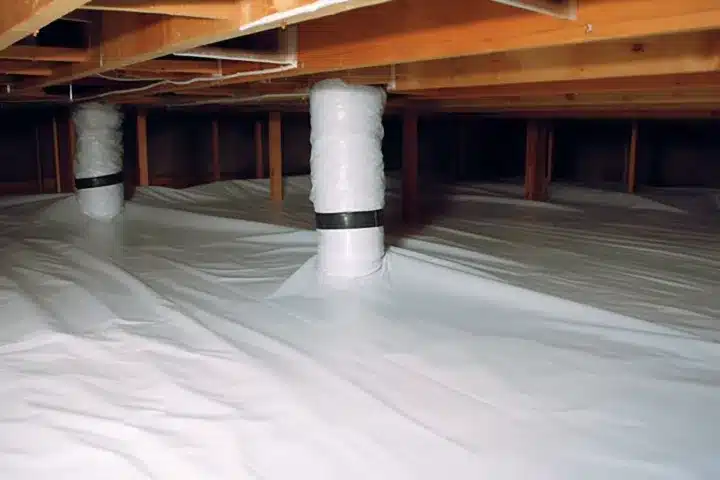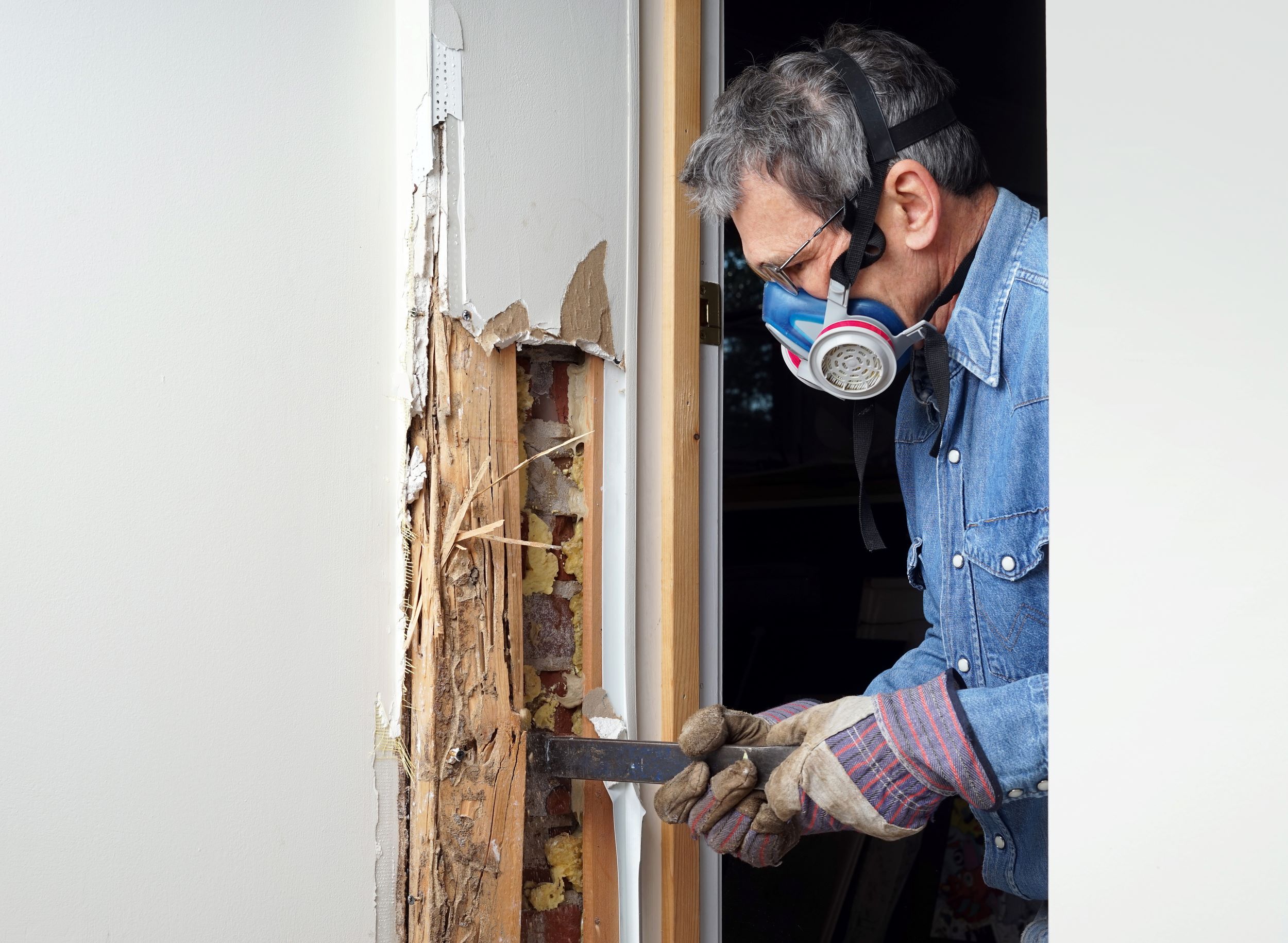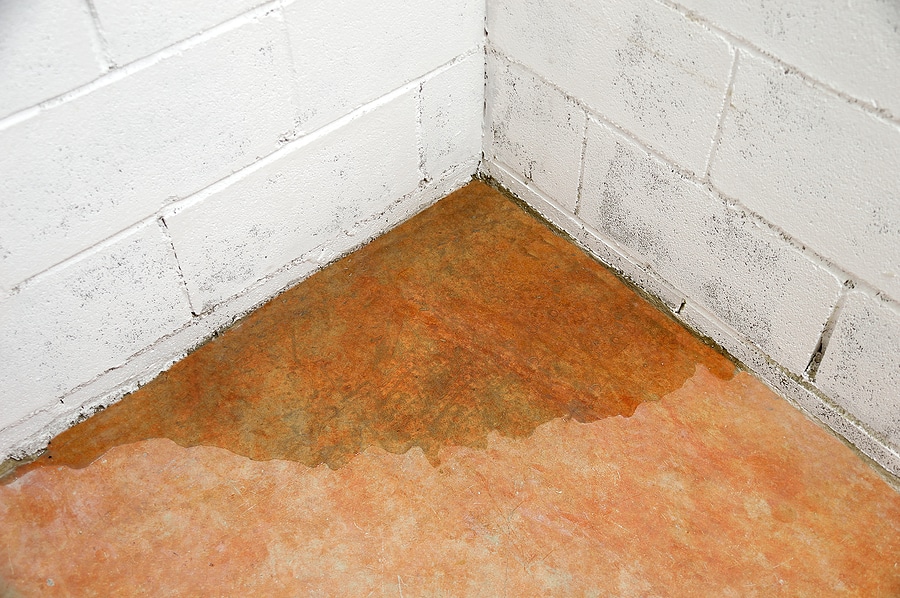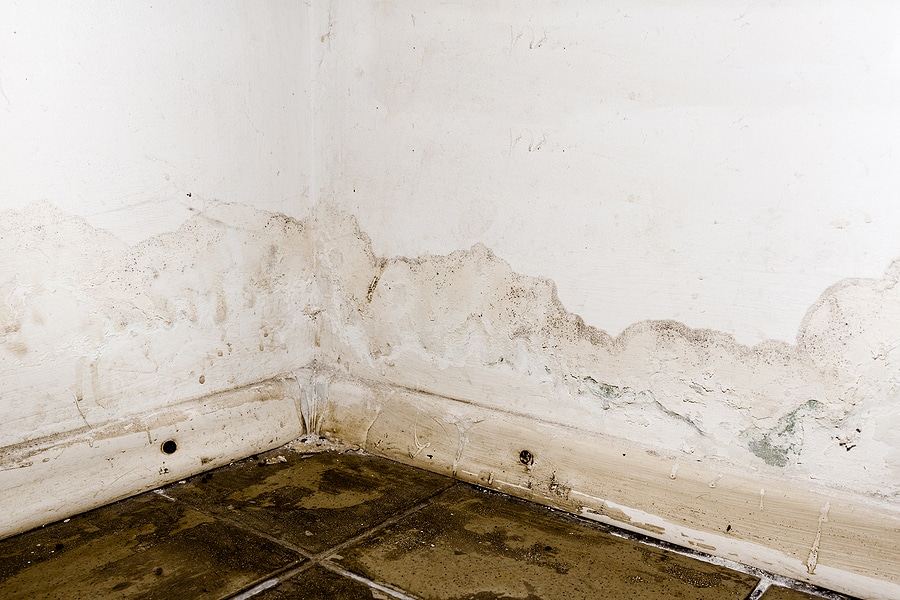Blog
What’s Crawl Space Encapsulation? Here’s What You Should Know
If you’re a homeowner, you might not spend much time thinking about the crawl space in your Indianapolis home. After all, it’s out of sight, so it’s often out of mind. But did you know that your crawl space plays a big role in your home’s overall health? Issues like moisture buildup, mold, and pests […]
From Basements to Crawl Spaces: A Look at Mold in Your Home
When exploring the neglected corners under your Indianapolis home, like a basement or crawl space, you might be surprised to discover several types of mold lurking. Mold can impact your home and your health. At Encapsulations Down Under, we’re mold experts. Here’s what you should know about mold in your home.
4 Questions to Ask Before Hiring a Foundation Repair Contractor
Your home’s foundation is its backbone, so when cracks, shifting, or settling occur in your basement or crawl space, getting a reliable foundation repair contractor is a priority. Knowing the right questions to ask can save you time, money, and unnecessary stress. At Encapsulations Down Under, we’re the trusted basement and structural repair experts in […]
The Secrets to Better Crawl Space Ventilation and Moisture Control
Home crawl spaces are often overlooked, but they play an important role in the safety and health of your Indianapolis home. At Encapsulations Down Under, we’ve seen time and again how poor ventilation in your crawl space can lead to problems like excess moisture, mold growth, pest infestations, and even structural damage. Whether you’re dealing […]
5 Warning Signs Your Crawl Space May Need Structural Repairs
Your crawl space is a crucial part of your Indianapolis home’s foundation, but it can be easy to overlook the maintenance of this space. Unfortunately, at Encapsulations Down Under, we’ve seen time and again that neglecting your crawl space can lead to serious structural issues. Identifying signs of trouble early on and seeking professional help […]
3 Little-Known Tricks to Keep Pests From Invading Your Home
Pests like termites, rodents, and insects are more than just unwelcome, annoying guests in your Muncie home. Unfortunately, they can also compromise the safety and structural integrity of your home. While traditional pest control methods may tackle infestations after they’ve started, the real trick is prevention. At Encapsulations Down Under, we help area homeowners protect […]
How to Spot the Signs of Termite Damage Before It’s Too Late
Termites are tiny pests that can wreak havoc on your home’s structural integrity if left unaddressed. Learning to identify termite damage early can save you in repair costs, protect your home’s foundation, and prevent future infestations. If you’re a homeowner in the Indianapolis area, Encapsulations Down Under is your trusted partner for termite damage repair […]
5 Signs You Have a Sneaky Basement Water Leak
If you live in the Indianapolis area, you know that the weather can sometimes be unpredictable. With heavy rainfall, the potential for unnoticed water leaks in the basement can become a reality. At Encapsulations Down Under, we’re all about helping you spot these leaks before they cause serious damage. Here are the top five signs […]
Basement Crack Repair: Common Issues & Solutions
If you own a home with a basement and you’ve noticed cracks in your foundation or on your walls, you’re not alone. Cracks happen, but not all of them are the same. At Encapsulations Down Under, we specialize in basement crack repair for homeowners in the Muncie area. Let’s look at the most common types […]
4 Ways Flood Damage Can Seriously Impact Your Home
Flood damage to a home can be devastating. From affecting the structural integrity to promoting mold growth, water damage can lead to significant and costly repairs. If you’re dealing with this in your Indianapolis area home, Encapsulations Down Under offers a range of services to mitigate the damage and restore your home. Let’s explore common […]
